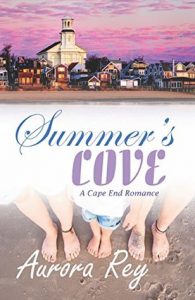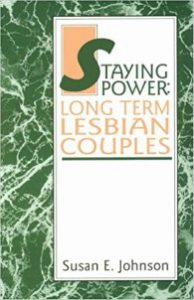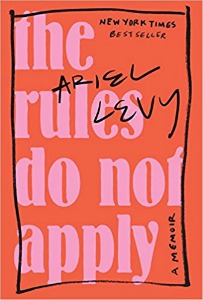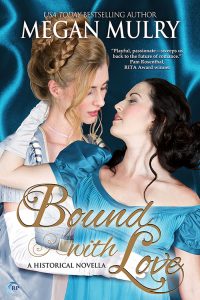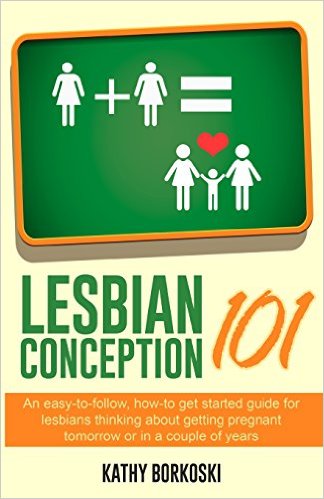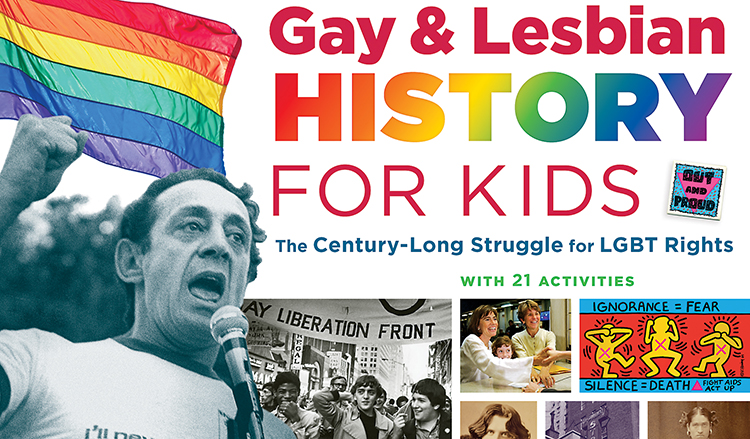This is such a pleasant romance! In this sweet novel, chef and single mom Darcy meets adorable soft butch artist Emerson at a wedding and the pair begin casually dating. Ever since the death of her parents while she was in med school, Emerson has been all about living in the moment. Darcy on the other hand has spent her entire post-college life as a devoted and responsible parent. Deciding to keep an unexpected pregnancy changed everything she imagined for her future but her eight year old son Liam is the light of her life and she wouldn’t change a thing. She keeps her dating life strictly compartmentalized so her son doesn’t have Darcy’s girlfriends flitting in and out of his life. That is, until he and Emerson meet by accident and hit it off. As Darcy’s bond with Emerson grows, so does Liam’s attachment to Emerson. What happens when a little summer fling starts turning into something more?
I really liked this novel. The obstacles seemed realistic and conflicts hinged on differing worldviews and experiences, not simple misunderstandings. All the adults acted like grown ups and talked things out for the most part, even when they didn’t handle everything perfect. Darcy might come across as a bit guarded, but as a mom I thought that was relatable. She had never shared the daily experiences of parenting with someone else and didn’t picture bringing a stepparent or other significant adult into her child’s life, so a relationship that didn’t fit that mold was challenging for her. Liam came across as a real, nerdy eight year old, which I especially enjoyed. His scenes with Emerson were very cute. This book has a nice balance of sweet and believable as well as having some pretty hot love scenes.
The whole thing was very satisfying and fun. I liked the resolution, though I thought the last few pages seemed to rush the story along a little bit and I would have preferred them as an epilogue set a few months down the road. Still, it was a delightful romance and I highly recommend it.
Summer’s Cove is the second in a series of romances set around Provincetown. I haven’t read the first book, Winter’s Harbor, which is about Darcy’s boss Alex and her wife Lia, who are also friends of Emerson. For the most part I didn’t think I was missing anything having not read the first book but I was curious about it after reading this. It might be worth reading the series in order but if you, like me, are only interested in books with lesbian moms right now, skip straight to this one. Five stars.
Elinor Zimmerman is the author of Certain Requirements, which will be released by Bold Strokes Books in Spring 2018 and is a contributor to the anthology Unspeakably Erotic, edited by D.L. King, and out now. Her website is ElinorZimmerman.com

